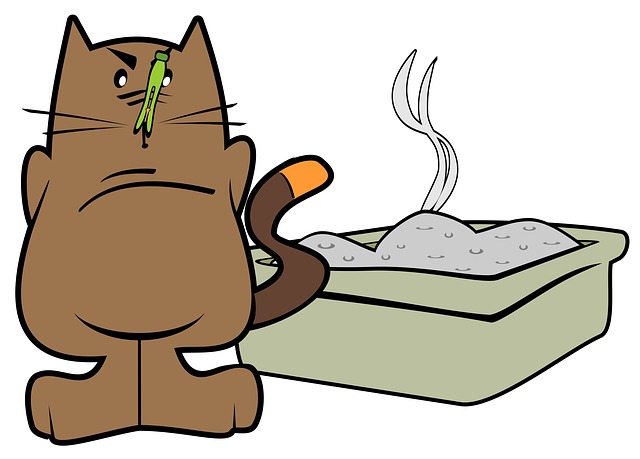What Is Cat Litter Made Of?
Choosing the right
Commercial

Cat Litter Types
There are different cat litter types and you can choose the one that fits the needs of your pet the best.
- Cat Litter Sand
Cats are typically drawn to sandboxes. Outdoor cats find sand and soil easiest to dig because of their texture so it could be an option if you’re transitioning an outdoor
- Non-Clumping Clay
Clay
- Clumping Clay (Bentonite)
Bentonite clay does not merely absorb urine; it forms solid clumps for easy scooping. It eliminates the need to empty the litter box as often as non-clumping clay. However, clumping clay is dust-heavy and can put cats and other pets at risk of gastrointestinal symptoms when ingested. Some clumping clay products also contain fragrances to remove odors, but cats can have an aversion to scented
- Silica-based Crystals
If you are looking for a non-clay
amzn_assoc_tracking_id = “myfelinebuddy-20”;
amzn_assoc_ad_mode = “manual”;
amzn_assoc_ad_type = “smart”;
amzn_assoc_marketplace = “amazon”;
amzn_assoc_region = “US”;
amzn_assoc_design = “enhanced_links”;
amzn_assoc_asins = “B002TAZJCI”;
amzn_assoc_placement = “adunit”;
amzn_assoc_linkid = “0cb45fee6678c15fc4c2c2885ab737c6”;
Eco-friendly Cat Litter Options
- Cat litter wood pellets
If you get worried whenever your
-
- Pine Litter
Typically made from heat-treated sawdust, it is available in granules, cobbles, or pellets and is pine-scented to control odor. It is cheap, but eventually, you will have problems with tracking when the pellets revert to sawdust.
-
- Recycled paper
Cats who undergo surgery should not use fine-grained
-
- Corn Litter
Corn litter is known for its superior clumping qualities, making scooping easy. Some pellets can be too big, which cats avoid. Ingestion can be a problem with corn litter too, and vets generally advise against using corn litter for cats with asthma.
-
- Wheat Litter
It works well with clumping and odor control. Tracking can be a problem as well as bug infestation like cockroaches. Cats should not ingest wheat at all.

A Few Reminders
When introducing your
Also, remember that most of these materials should not be flushed down the drain. Clumping clay cat litter in the toilet can clog pipes as it solidifies in contact with water. It is best to compost
The cat litter systems you use can also determine your success when it comes to litter training. Some cats prefer enclosed litter boxes while
This post contains affiliate links on some of the images. You can support this blog by trying out the products recommended in this article.Â
[ratings]










